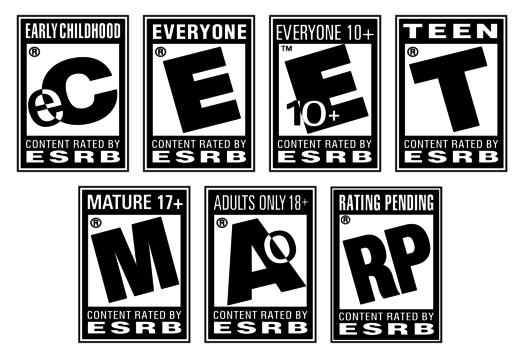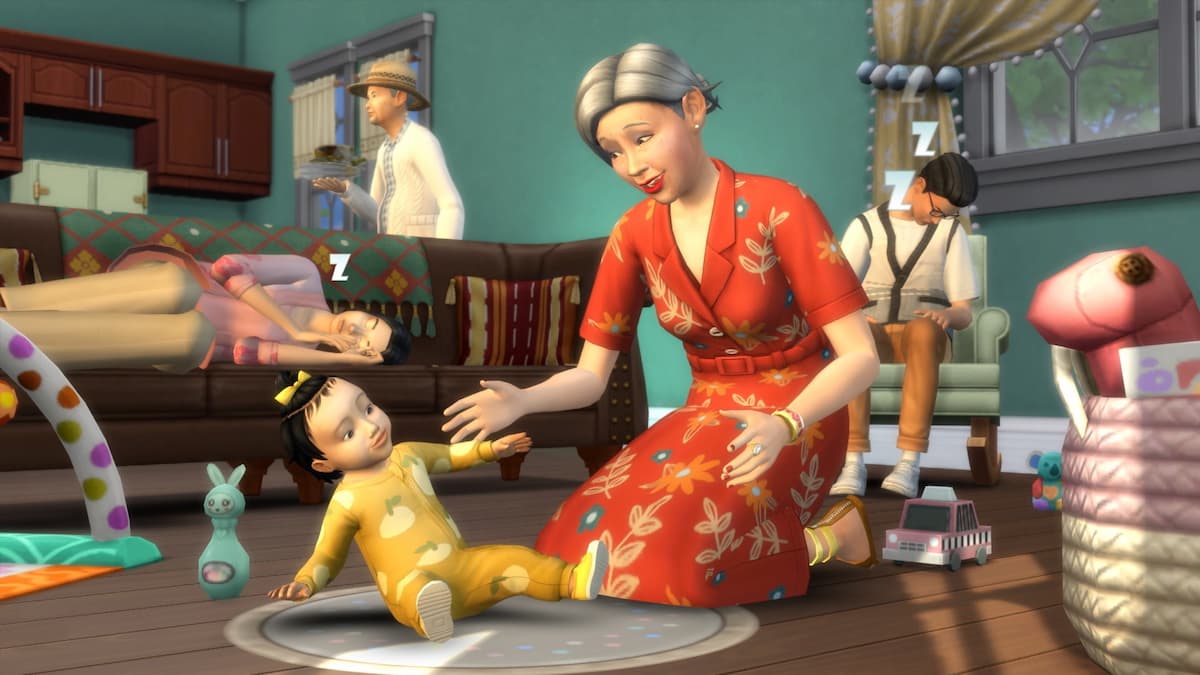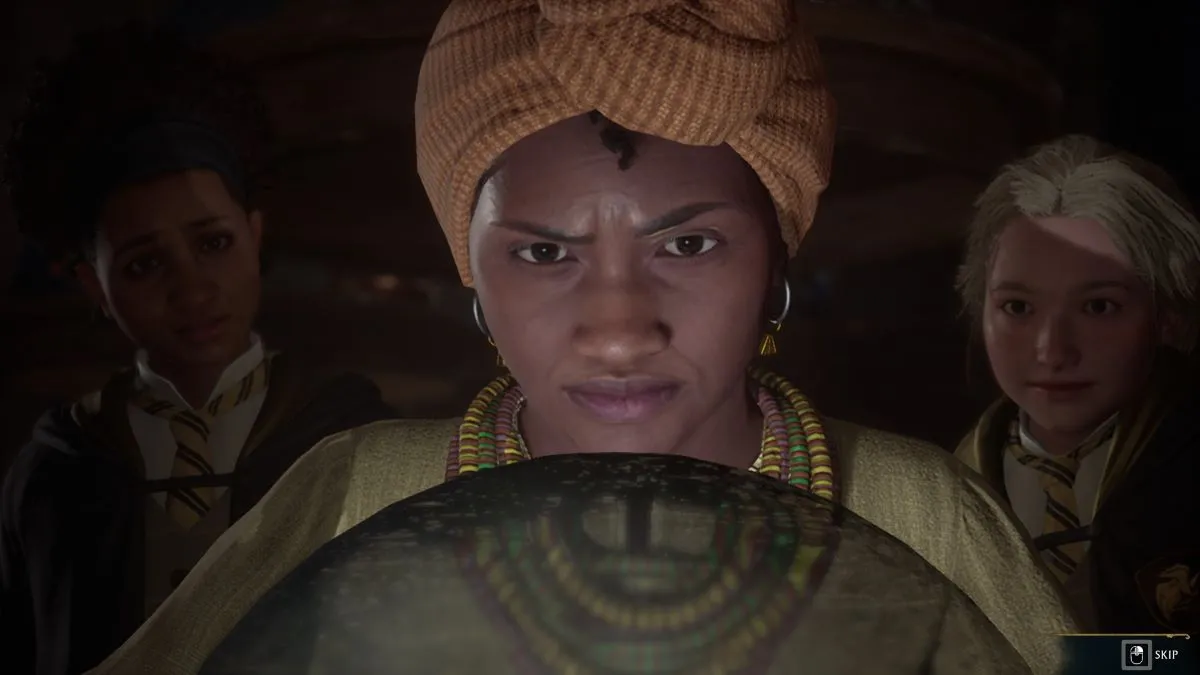Living in America, the games I buy follow the ESRB’s (Entertainment Software Rating Board) standards. Recently, I found a guide to help parents understand the ESRB’s rating. The guide explained the ratings the ESRB uses and what each description means. It provided examples here and there, comparing them to movies, so a reader would get a feel for what was being said. It didn’t question anything at all and that honestly outraged me.
I hate the ESRB, and all other ratings boards for that matter. They are placed in way too high of a light; the ESRB is horrible.
How the ESRB works
The ESRB has six different ratings ranging from early childhood to adult. These ratings are based upon “Content Descriptors” which include, but are not limited to, blood, violence, sexual content, use of alcohol, use of drugs, and use of tobacco.
In order to judge a game upon submission, three testers get together and view the submission. The submission itself is not the game.
Each submission includes a questionnaire. The questionnaire asks about content such as violence, sex, gambling, drug use, etc. The questionnaire then asks about the context of these acts, the reward system upon completing these acts, and the degree of player control.
Then a DVD is sent in to display all of these relevant categories. Digitally submitted games fill out a short, multiple choice questionnaire. The developer indicates whether the game has an age requirement. Then the game receives a rating. Only a handful out of both categories of games are actually tested before receiving a rating (all games are played after they are released to make sure they have an accurate rating however).
The testers themselves (the ones that view the DVD) are “specifically trained.” “All ESRB raters are adults who typically have experience with children, whether through prior work experience, education, or as parents or caregivers.” All raters are anonymous.
If proper information about the game is not provided by the developers, they could be facing fines up to $1 million, product recall, and the stickering of the product throughout all retailers.
Problems with the process
In 2006, a documentary entitled This Film is Not Yet Rated was released. The documentary focuses upon the MPAA (Motion Picture Association of America), the film equivalent of the ESRB. It takes various directors and producers that had films with NC-17 ratings and discusses the reasons behind their films being NC-17 and all the ratings (G, PG PG-13, R, and NC-17). Throughout the film, Kirby Dick, the director, tries to find out more about the rating process by finding out who the anonymous raters are and by contacting the MPAA. Needless to say, it’s such a tightly wound system, that he doesn’t get much.
While the documentary does not specifically discuss the ESRB and video games, it does point out some serious flaws within these systems. As the MPAA and ESRB have many similarities (the similar age classificiations for ratings and a similar process), this documentary is very important to the ESRB as well.
What is the ESRB hiding?
The documentary states that the raters are anonymous and no one is allowed to view the raters as they watch a movie for a decision. This anonymity is a problem. The only set of standards for raters in the game industry is adults who typically have experience working with children. There is no age limit and no guarantee that a person testing out the games will have had experience with children to make an accurate judgement.
This could mean that all of the testers are 80-year-old guys with very similar thought processes who haven’t seen a child in years, but had one fifty years ago. It could be an entire group of twenty-two year old Hispanic females who gave birth a month or two prior. Not knowing how biased the system is is problematic.
Besides, how accurate can only three people be?
It’s almost as if the ESRB has something to hide, that the content on those couple of links are too gruesome and secretive for the regular public to behold.
If you look at the ESRB website, you can not look at specifics for getting a game rated, appealing a rating, rating certificate updates, and advertising and marketing guidelines unless you are a publisher with a login and password. It’s almost as if they have something to hide, that the content on those couple of links are too gruesome and secretive for the regular public to behold. Why can’t I, someone interested in how the ESRB works, click on these links to find out more?
The Bias of an Opinion
This Film is Not Yet Rated interviews some directors about movies they submitted that were rated NC-17. The directors explain why their film received that rating and why it was unfair. One women said her film was rated NC-17 because of a sex scene she had included. It was a passionate sex scene between two lesbians who were clearly in love. She compares it to another movie where there’s a rough, straight sex scene for the sake of having sex that received a “R” rating. Needless to say, she was not happy and she expressed her discontent at the bias.
Why should a whole movie be punished for just three people having an affiinity for its content?
She’s not wrong either. There’s clearly something happening: everyone has an opinion. No matter how progressive our society becomes, there will always be people who have an aversion to LGBT, or interracial couples, or any other societal issue that continuously springs up. I’m not here to judge; it’s their business, but why should a whole movie be punished for just one person having a problem with such a thing? A lot of people don’t have any problem with those sorts of things and would love to see a movie like that; they would love to view that creativity.
Maturity is not based upon age
There’s more to it than just differences of opinions about societal issues though. Some people have less of a problem with violence, gambling, sex, and drug/alcohol use than other people; some people are plain just more mature than others. As a child, I knew better. I wasn’t going to go down the street and stab someone or shoot someone. I watched PG-13 and R movies all the time that featured those sorts of behaviors though. I could handle that sort of things. Even now I don’t have a problem with it. I see someone get decapitated in a movie or a video game and see it as just a game. I’m not going to go chop someone’s head off in real life. That would be absurd.
Some kids wouldn’t have been able to handle that though. They would have copied the violence they saw and thought that was real life. Maybe they wouldn’t have attempted it, but thought about it and contemplated doing it. Some kids wouldn’t have had the same level of maturity that I did.
It’s not just kids though. Anybody 17 or older can walk into a store and buy an M rated game. There are plenty of adults that can’t handle violence, sexual content, or drug and alcohol usage. It scares them. It freaks them out. Whatever it is, they do not cope well with it. If someone is mentally unstable and over the age of 17 they can still walk in and buy that M rated game. I can say that teenagers are not always the brightest bunch and will do stupid things they see in movies and games. Why can they walk in and by a M rated game, but a child that can actually handle the content not be allowed to? Not every child has the same level of maturity, or lack of maturity, that another does.
Adult rated games lose a lot of money. Why should they be punished just because it’s creatively different?
The problem with this is: Adult rated games lose a lot of money. They are not sold in stores, so people can’t just walk in to GameStop and pick them up. No. It’s not that simple. Why should a game be punished just for a differences of opinion when it’s really the person that matters? Why should a game be punished just because it’s creatively different?
If you want someone to view your game, you’re going to have to cut some things out
If a game receives a high rating, developers have a chance to change things to receive a new rating. This happens often with Adult rated games, so they can receive a M rating and be sold in stores and receive publicity.
However, they have to change their game. Sometimes this will be editing a scene to cut out a word. Sometimes it’ll be editing the scene so it’s slightly less graphic (not showing breasts for instance). Sometimes it’ll be cutting out an entire scene.
The game has to be changed to get people to view it. It’s almost as if freedom of speech is being taken away.
If they don’t want anyone to play their game or make any money off of it, then they can leave their game as is, but, if they do want those things, they have to edit it so it gets a rating that is deemed appropriate. They have to change their game to get people to view it. It’s ridiculous really. It’s almost as if freedom of speech is being taken away. Kids are all going to get introduced to these concepts later down the line anyways. Why should it be excluded in video games?
Parents Can’t Make A Decision Themselves
On the ESRB’s website, there is a print article advertising their rating system. At the top, it reads, “If it weren’t for the rating, I wouldn’t allow my kids to play video games.”
I honestly have so many problems with such a simple line I’m not sure where to begin. The mom that this line was quoted from (Melissa H., Illinois) trusts three people she has never met to decide what game is right for her children. From the sound of it, she also can’t be bothered to do her own research about the game. It takes about three minutes to watch a trailer and less than ten seconds to type the name of the game into Google and click on the game’s website or Wikipedia article to see what is said about the game. It takes the same amount of time to Google the game as it does to go through the ESRB’s website or mobile app to figure out why it received the rating it did.
The ESRB’s descriptions are a little lacking and raise more questions than they answer.
And the ESRB’s descriptions are a little lacking.Watching gameplay footage or a trailer is much more useful. In the description for Grand Theft Auto V‘s rating, the ESRB has written, “Blood-splatter effects occur frequently, and the game contains rare depictions of dismemberment.” Well, that’s clearly helpful. How realistic is the blood and dismemberment? Is the amount of blood depicted upon splattering ridiculous, or what would be expected? How long does the blood stay put? Does it fade or stay there forever? What about the dismemberment? What body parts are being dismembered? How graphic are they? Can you see bone, muscle, and blood upon losing a limb or do you just see an arm fly out of nowhere with no detail? Frankly, such a description just raises more questions than it answers.
The ESRB gives you little information. It only breaks the surface. So there’s some sexual content in the game. There’s “implied fellatio and masturbation; various sex acts (sometimes from a close-up perspective) that the player’s character procures from a prostitute…” Okay. Now what is exactly said? How close is close? How do you procure the prostitute? Do you pay her or kidnap her? Can you do both? You’re meant to continue the research on your own. The ESRB is only an outline for you.
The ESRB wants their policy shoved down your throat.
Though, that’s not really true. According to the ESRB, they want their rating system shoved down your throat. On their webpage:
“ESRB engages in aggressive public education and outreach efforts that promote the ESRB rating system, explain how it works and encourage parents to use it.”
Apparently parents can’t make a decision themselves; it has to be based upon the ESRB rating system.
A similar remark is written later:
“Helping consumers make informed purchase decisions at the point of sale is critical, and so ESRB works closely with retailers to help ensure that their stores display signage about the ESRB rating system, train their store associates about the ratings and enforce their store policies regarding the sale or rental of M-rated games.”
Everyone needs to know that the ESRB is around because parents clearly can’t make a decision themselves. It’s like bad parenting and the ESRB are hand-in-hand. You clearly don’t care enough about your child to research a game that you’re going to buy for them, so rely on the ESRB’s parents and take everything we say for granted.
Let me also point out the use of the words “regarding the sale or rental of M-rated games.” Under this policy, a five-year old child can walk in to the store and buy a Teen rated game. If the ESRB is really concerned with children playing games outside of their age range, they would include Teen rated games as well as M-rated games.
These are not informed purchases, but purchases where you take everything the ESRB has written down for granted because they want to shove their policies and beliefs down your throat (hence the highly aggressive campaign they have instituted). If you really cared about whether a game was appropriate for you or your child, you would do your own research for the game to make sure there wasn’t something inappropriate for your child or your beliefs since everyone is different.
The content is still available to kids
YouTube… and the rest of the Internet
Most of the content the ESRB tries to keep away from children by rating a game M or A, is still available to them. YouTube is a very vast resource. Any five-year old with Internet access can type in “Call of Duty gameplay” and be showered with more content than they know what to do with (over 1 million results). The infamous Grand Theft Auto San Andreas Hot Coffee mod is available on YouTube. Most of this content isn’t age restricted either, which means it’s available to anyone. Even though a child can’t get the game, they can still view all of the content from it and live every moment as if they had bought the game.
That’s just YouTube too. Type this stuff in on Google and you would be in for even more.
Toys
It would be like Lego making figurines for Grand Theft Auto. No matter how dumbed down they were, it would still be just as inappropriate.
Has anybody walked into Toys R’ Us in the last view years? Somewhere in the store there is always a section that sells figurines from games like Halo and Assassin’s Creed, both M rated games. Since Toys R’ Us is a store centered around children, providing them with toys centered around games above their age group is probably not the smartest idea. Sure, adults do walk in there every once and a while to buy them, but it doesn’t make it any less wrong. It would be like Lego making figurines for Grand Theft Auto. No matter how dumbed down they were, it would still be just as inappropriate. You’re advertising to children. Children are walking past those figurines. They’re going to get curious. Stop.
Discrepancies with other rating boards
Take a look at other rating boards, such as PEGI (Pan European Game Information) or the USK (Entertainment Software Self-Regulation Body in Germany). Some have stricter standards. Some are more carefree. Some have more categories. Either way, they’re not equal. Why does there need to be so many discrepancies?
PEGI
PEGI includes violence, bad language, fear, sex, drugs, discrimination, and gambling. Neither fear or discrimination are included in the ESRB’s rating system. These are bound to be important however. I know for a fact that I’m a wimp. Even games that aren’t horror, scare me. Thus, I would love to have a fear rating. It’s something I avidly take into account when playing games. Fear is probably the only reason I haven’t played Bioshock (Big Daddies and Little Sisters are creepy okay?). I have a very similar problem with discrimination. People shouldn’t be cast out and, even in a fictional universe, it bothers me a bit. I find it very uncalled for if you will. Someone can be tortured, have their eyes ripped out of their skulls and their tongue chopped off in graphic detail, and I would care less than someone being discriminated against for being gay or transgender or Asian.
USK
USK utilizes 16 representatives coming from the Conference of the Ministers of Education and Cultural Fairs of the Federal States, the churches, youth associations, research institutes, the Federal Government, and Federal State Ministers with responsibility for youth care. They are already much more diverse in how their games are tested and they have many more people to test out a game than the ESRB does. This already allows for a much higher chance of someone having a different opinion (meaning not 3 80-year-old guys who probably all think the same and haven’t even been with a child in years). The USK actually has their testers play the game to the fullest as well to get full context and really understand what is happening within the game.
There is a clear reason why these systems are different: they’re not meant to be taken for granted.
With such diverse systems and policies in only three rating systems out of the entire world, how can you take the policy of one for granted? There is a clear reason as to why these systems are different: they’re not meant to be taken for granted.
What to do?
I think the USK’s website summed it up quite nicely:
“Although the age rating symbols issued within the scope of the USK classification give useful assistance in arriving at such a decision, they do not provide any information as to whether children will be able to understand the game or play it effectively. The age rating symbols merely guarantee that there are no child protection issues associated with the game.”
Parents need to make their own decisions and stop taking the ESRB for granted. The ESRB also needs to stop shoving its policies into everyone as if it’s an angel sent from heaven and only it knows what is right and what isn’t. Start a campaign that informs people properly, telling them what is available in-game, but convincing people to do their own research so they can deem what is appropriate for themselves or their children. At the end of the day, it is what is right for you, your child, your husband, your girlfriend, your mom, and only you will know that. The ESRB will never know, so they shouldn’t be the one to have the final say. If you don’t want your thirteen year old to play Grand Theft Auto V because you think they’re not mature enough, that’s fine, but if you think your child is mature enough, why should three random people you’ve never met deter you?










Published: Oct 1, 2015 07:34 am